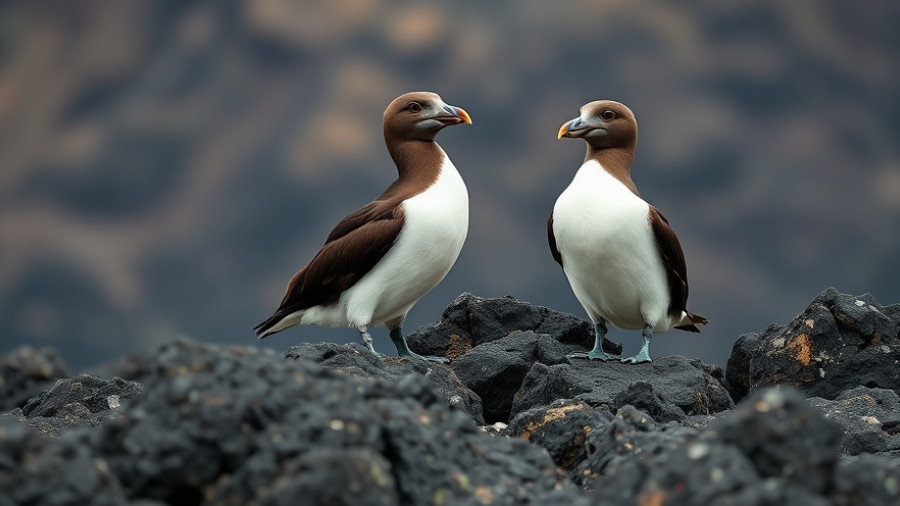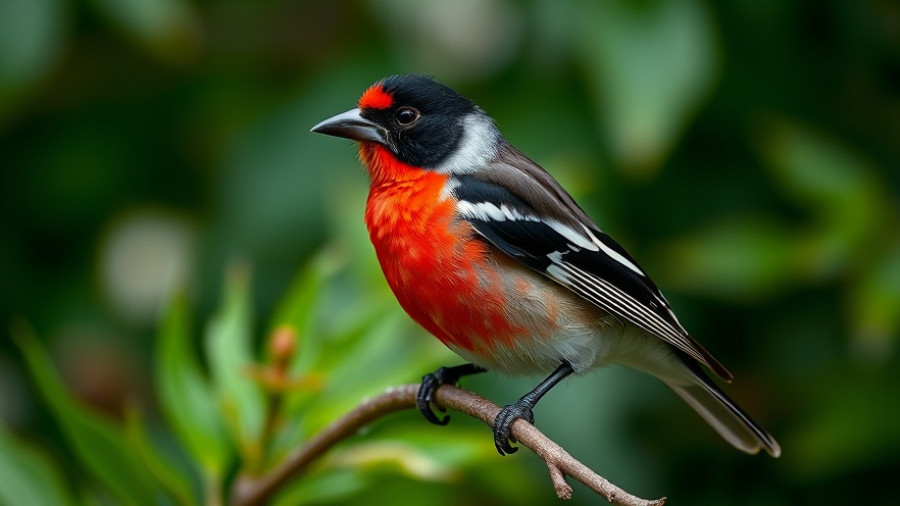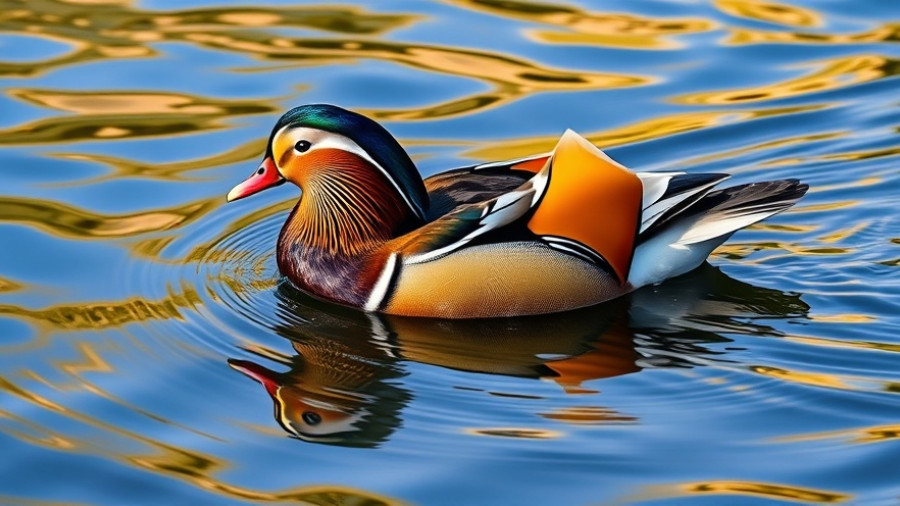
The Resilience of Seabirds in Volcanic Landscapes
When most people think of volcanic islands, they might picture devastation, hot lava flows, and barren landscapes. However, for the auklet, a small seabird that thrives in the Aleutian Islands, volcanic eruptions can pave the way for new life. This paradox is epitomized by the Kasatochi Island eruption in August 2008, which, while catastrophic for many local wildlife in the short term, ultimately became a remarkable story of ecological rebirth.
How Ayklets Adapt to Their Environment
In the wake of the eruption, tens of thousands of auklet chicks were buried under layers of hot ash, leading many to believe their future on the island was grim. But nature has a way of surprising us. Within just a few years, auklets demonstrated their resilience by returning in throngs, nesting in the newly formed cavities left behind by cool, solidified lava. These natural formations catered perfectly to their need for secure nesting sites, showcasing how a challenging environment can unexpectedly provide the ideal conditions for life.
Challenges Posed by Overgrowth
However, the survival of these seabirds is not solely linked to volcanic activity. As their colonies flourish, the increasing numbers of birds contribute to a unique challenge: their own waste. The droppings from millions of auklets serve as a potent fertilizer, nurturing vegetation that can encroach upon their nesting sites. Over time, these lush green mats may force auklets to abandon the islands in search of less-congested habitats. The interplay of volcanic geology and seabird ecology illustrates a delicate balance that continues to evolve.
Conclusion: Embracing Nature's Cycles
The story of the auklets on Kasatochi Island is a vivid reminder of nature’s resilience and adaptability. While volcanic upheavals can threaten life, they can also create new opportunities for species like the auklet, which can thrive amid adversity. This continuous cycle of destruction and renewal is what makes our planet’s ecosystems so fascinating.
 Add Row
Add Row  Add
Add 




Write A Comment